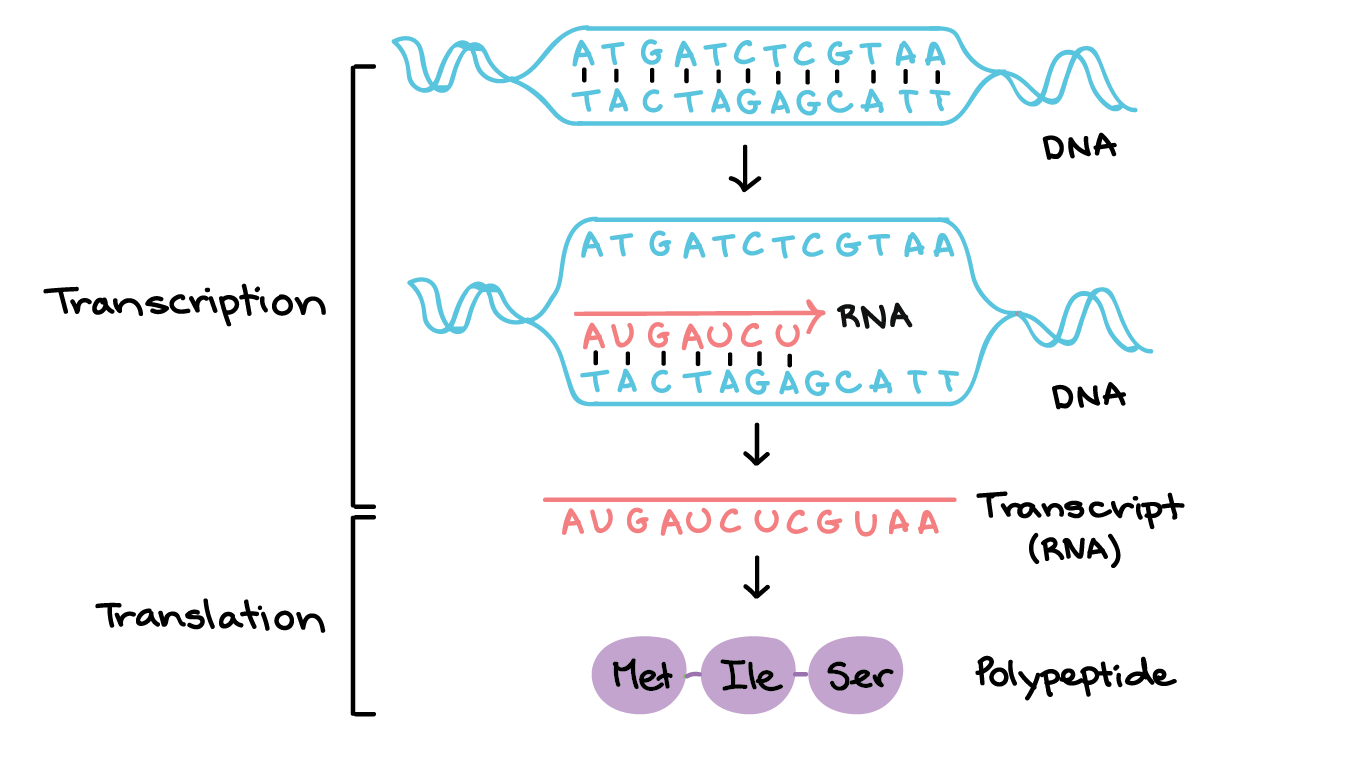During the rainy season in Tamil Nadu, several diseases can become prevalent due to increased humidity and stagnant water. Some common illnesses to be aware of include: Dengue Fever : Spread by mosquitoes, particularly Aedes aegypti, dengue is a viral infection that causes high fever, severe headaches, and joint pain. Chikungunya : Another mosquito-borne viral infection, chikungunya leads to fever, joint pain, and fatigue. Malaria : Transmitted by Anopheles mosquitoes, malaria can cause fever, chills, and flu-like symptoms. Leptospirosis : This bacterial infection is often associated with water contaminated by animal urine, leading to symptoms like high fever, muscle aches, and jaundice. Gastroenteritis : Increased rain can lead to contamination of water supplies, causing stomach infections and diarrhea. Typhoid Fever : Spread through contaminated food and water, symptoms include prolonged fever, weakness, and abdominal pain. Fungal Infections : The humid conditions can also lead ...

Comments
Post a Comment